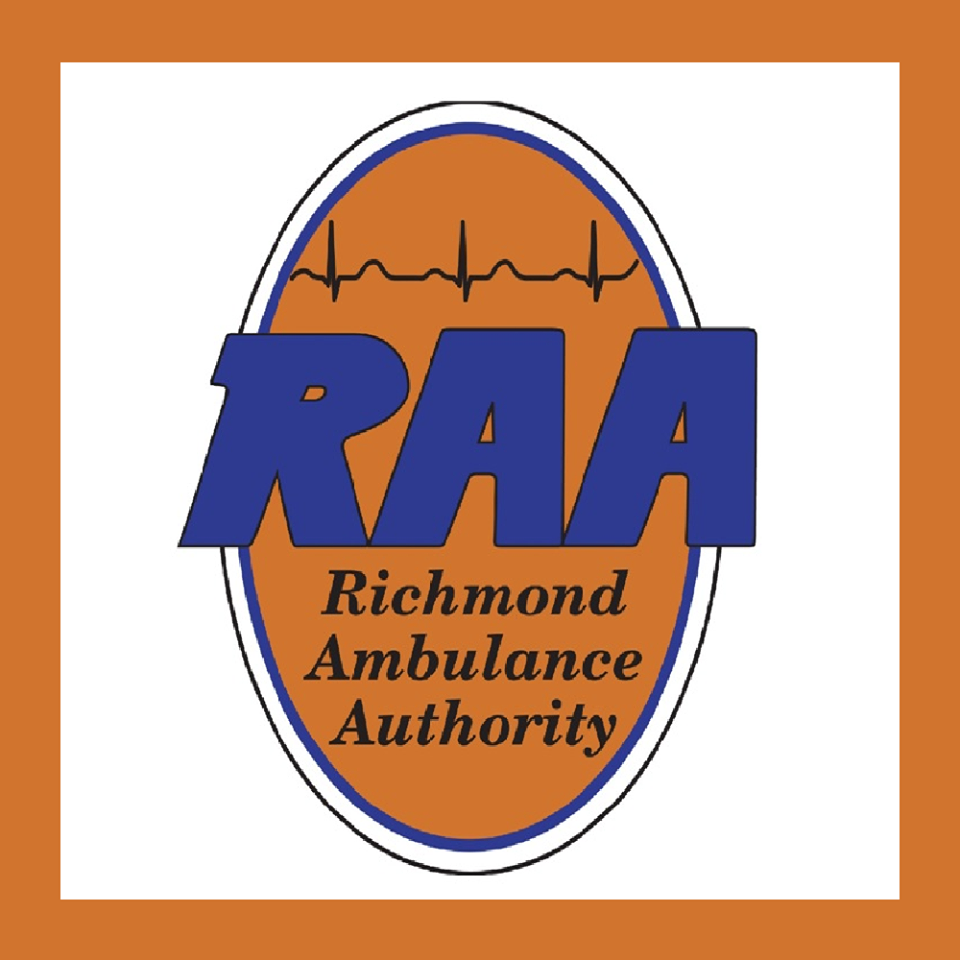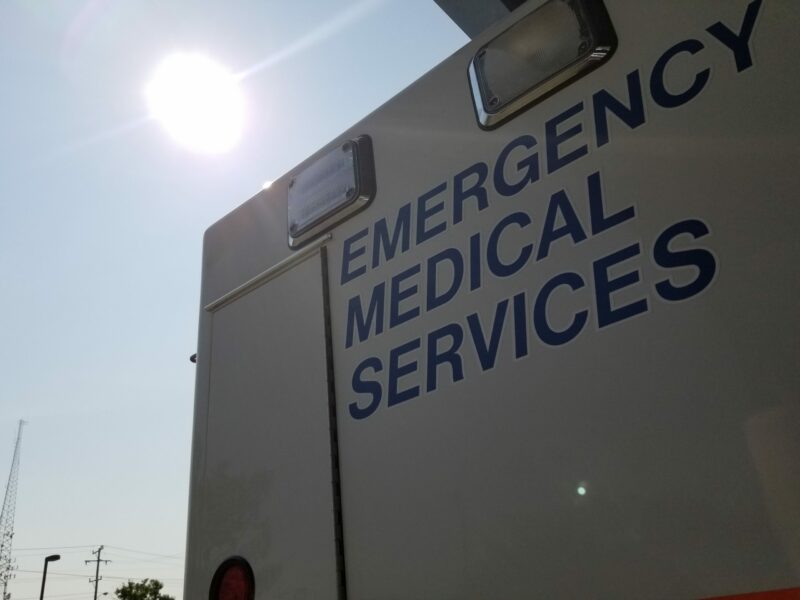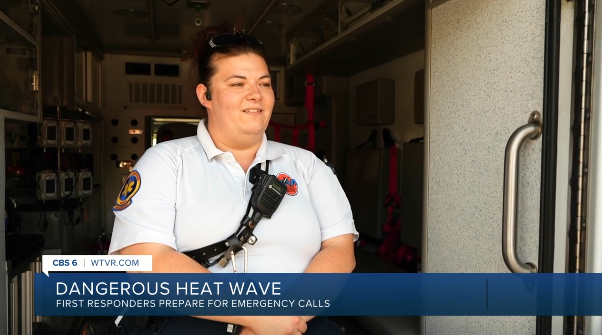
December 11, 2018
This article originally appeared in www.jems.com
Ask EMS professionals to define “quality in EMS” and you may get a tip of the head and an answer like, “Well, I’m not sure, but I know it when I see it.”
In today’s healthcare environment, demonstrating quality is crucial. Payers are increasingly linking payment to outcome and quality, and becoming less interesting in paying for services that don’t add value or are quality-based.1
Historically, EMS has struggled operationalizing quality-based metrics. EMS Compass and the new National EMS Quality Alliance are attempting to get quality measures for EMS launched, and more importantly, adopted by payers and other stakeholders, but the quest has been relatively elusive, perhaps because of the fear that our payments may be tied to quality metrics. The reality is that the rest of healthcare is already there, and it’s coming to EMS.
Let’s explore some of the metrics that could be applicable to EMS quality.
Clinical Measures
There’s little peer-reviewed research that demonstrates that the things we do in EMS are tied to a change in the patient’s outcome. However, there are some clinical treatments that have been tied to clinical bundles that have been peer reviewed.
For example, clinical processes of care for ST elevation myocardial infarction (STEMI) patients that have been shown to make a difference: aspirin, oxygen, nitrates, rapid transmission of ECG, and transport to a STEMI center. There are also clinical bundles for conditions like stroke, asthma, hypoglycemia and trauma. Compliance with these clinical bundles could be logical measures of clinical quality.
In 2007 the U.S. Metropolitan Municipalities’ EMS Medical Directors published a position paper on evidence-based clinical performance measures for EMS.2 The recommended clinical bundles for STEMI includes:
- Aspirin, if not allergic;
- 12-lead ECG;
- ECG with pre-arrival activation of interventional cardiology team as indicated;
- Direct transport to percutaneous coronary intervention (PCI)-capable facility; and
- ECG to PCI time < 90 minutes.
Cardiac arrest clinical performance has been studied extensively. Evidence-based procedures with direct correlation to patient outcomes include:
- Early CPR;
- Early defibrillation;
- Effective airway management; and
- Chest compression fraction.
The MedStar system in Fort Worth uses report cards for these performance metrics to continually refine training and operational approaches to cardiac arrest management, including the recent response configuration change by the Fort Worth Fire Department to send dual engine companies to all CPR calls to more effectively rotate personnel assigned to chest compressions.


Using the concept of compliance with evidence-based clinical bundles, clinical performance dashboards can be created and published on both an agency and individual provider level. Under the leadership of Brenda Brenner and Bill Bullard, Santa Cruz County in California created a series of clinical performance measure for EMS first responders and the ambulance provider. Incentives and disincentives are tied to these clinical measures.


Clinically Related Operational Measures
There reasonable are reasonable operational quality measures that can be similarly reported. Although not directly tied to clinical quality, some operational metrics could be directly linked to patient and employee safety. These could include:
- Mission failures per 100,000 miles;
- Ambulance crashes per 100,000 miles;
- Patient complaints per 1,000 patient contacts; and
- Employee injury per 10,000 hours worked.
National Benchmarks
Brent Meyers, MD; Allen Johnson, and the team at ESO Solutions have released two national report cards on clinically relevant measures. The 2018 ESO EMS Index: Insights and Best Practices for EMS Agencies was initially released in February 2018 and a mid-year update was published in September 2018.3,4
The ESO EMS index looked at 5.02 million patient encounters from Jan. 1–Dec. 31, 2017, across a number of events. At a macro level, the index analyzed 5 metrics:
- Stroke assessment performance;
- EtCO2 assessment;
- 12-lead ECG performance;
- Overdose management; and
- Aspirin administration for chest pain.
Data from this report should be used by every EMS agency to benchmark their compliance with the national data.


Conclusion
The future will belong to those who can prove value. The use of a clinical performance dashboard and comparisons to national data will help to ensure that when the payers come knocking on our doors looking for “proof” that what we do enhances patient care and improves patient outcome, we’ll have an answer!
 This is the first in a yearlong series of articles developed by the Academy of International Mobile Healthcare Integration (AIMHI).The AIMHI article series is developed in partnership with JEMS to help educate EMS agencies on the hallmarks and attributes of high-performance/high-value EMS system design and operations.
This is the first in a yearlong series of articles developed by the Academy of International Mobile Healthcare Integration (AIMHI).The AIMHI article series is developed in partnership with JEMS to help educate EMS agencies on the hallmarks and attributes of high-performance/high-value EMS system design and operations.
To learn more about AIMHI visit www.aimhi.mobi.
References
1. Lagasse J. (Oct. 24, 2018.) Healthcare payments tied to value-based care on the rise, now at 34 percent. Healthcare Finance. Retrieved Dec. 11, 2018, from www.healthcarefinancenews.com/news/healthcare-payments-tied-value-based-care-rise-now-34-percent.
2. Myers JB, Slovis CM, Eckstein M, et al. Evidence-based performance measures for emergency medical services systems: a model for expanded EMS benchmarking. Prehosp Emerg Care. 2008;12(2):141–151.
3. Myers B, Johnson A. (February 2018.) Insights and best practices for EMS agencies. ESO Solutions. Retrieved Dec. 11, 2018, from www.esosolutions.com/wp-content/uploads/2018/02/ESO_EMS_Index_2018.pdf.
4. Myers B, Johnson A. (September 2018.) 2018 ESO EMS index: Mid-year update. ESO Solutions. Retrieved Dec. 11, 2018, from www.esosolutions.com/resources/2018-ems-index-mid-year/.








